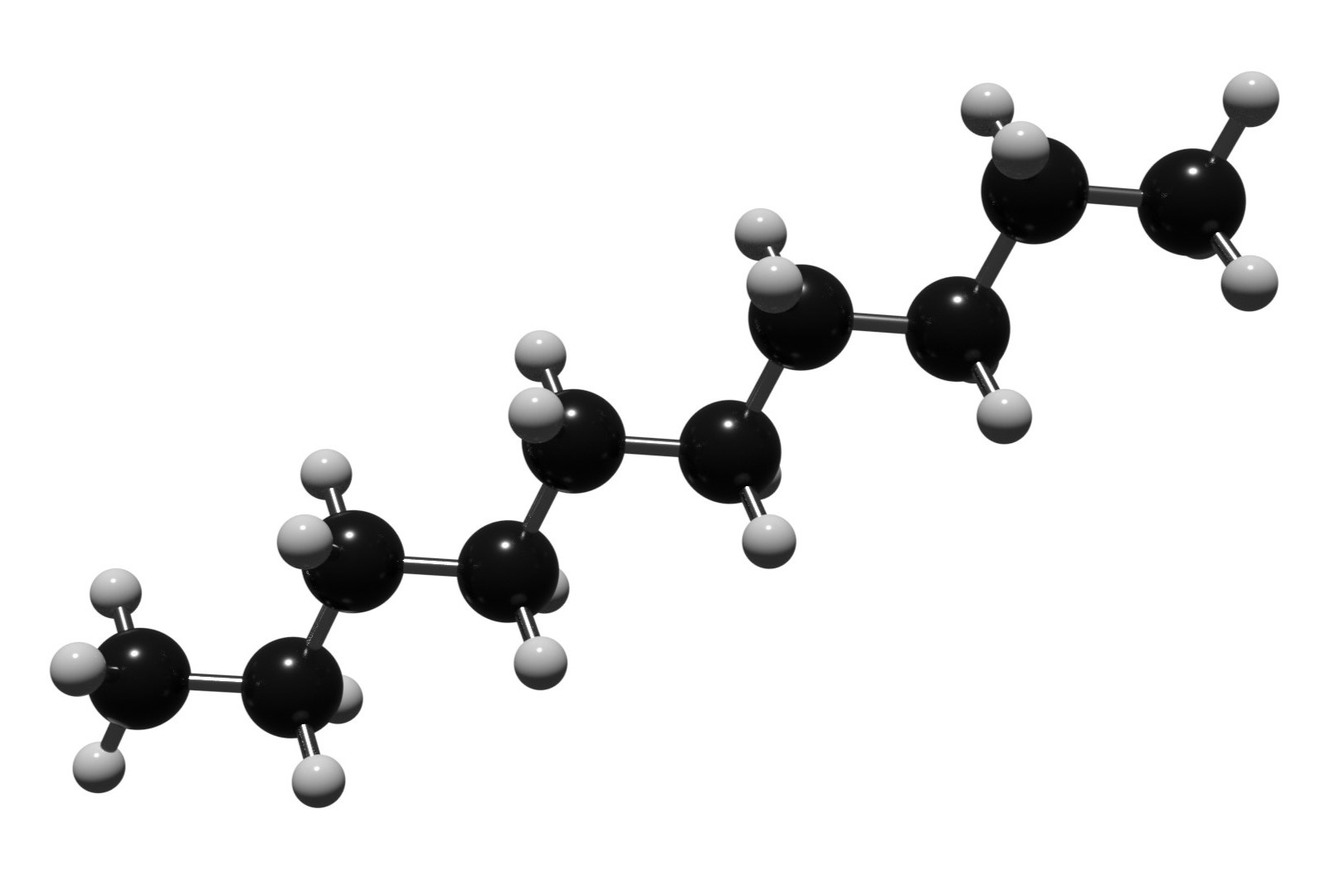
What is n-Decane? It's a colorless liquid hydrocarbon with a faint gasoline-like odor. Found in petroleum, n-Decane is part of the alkane family, specifically a straight-chain alkane with ten carbon atoms. Why should you care? This compound plays a crucial role in various industries, from fuel to chemical synthesis. Is it safe? Generally, yes, but it can be harmful if inhaled or ingested in large amounts. How is it used? Commonly, n-Decane serves as a solvent, a reference fuel in engine testing, and a component in jet fuel. Want to know more? Stick around as we dive into 25 intriguing facts about this versatile hydrocarbon.
What is n-Decane?
n-Decane is a hydrocarbon belonging to the alkane series. It has ten carbon atoms and twenty-two hydrogen atoms, making its chemical formula C10H22. This colorless liquid is often used in research and industry.
-
Chemical Formula: The chemical formula for n-Decane is C10H22, indicating it has ten carbon atoms and twenty-two hydrogen atoms.
-
Molecular Weight: n-Decane has a molecular weight of approximately 142.29 g/mol.
-
Boiling Point: The boiling point of n-Decane is around 174°C (345°F).
-
Melting Point: It has a melting point of approximately -30°C (-22°F).
-
Density: The density of n-Decane is about 0.73 g/cm³ at 20°C.
Uses of n-Decane
n-Decane has various applications in different fields. It is used in laboratories, industries, and even in some consumer products.
-
Solvent: n-Decane is commonly used as a solvent in chemical reactions and extractions.
-
Fuel Component: It is a component of gasoline and jet fuel, contributing to their energy content.
-
Calibration Standard: Laboratories use n-Decane as a calibration standard in gas chromatography.
-
Organic Synthesis: It serves as a starting material in organic synthesis for producing other chemicals.
-
Lubricant Additive: n-Decane is sometimes added to lubricants to improve their performance.
Physical Properties of n-Decane
Understanding the physical properties of n-Decane helps in its safe handling and application in various processes.
-
Viscosity: n-Decane has a low viscosity, making it flow easily at room temperature.
-
Flash Point: The flash point of n-Decane is around 46°C (115°F), indicating the temperature at which it can ignite.
-
Refractive Index: Its refractive index is approximately 1.411 at 20°C.
-
Surface Tension: n-Decane has a surface tension of about 23.83 mN/m at 20°C.
-
Vapor Pressure: The vapor pressure of n-Decane is relatively low, around 1.33 kPa at 25°C.
Safety and Environmental Impact
Handling n-Decane requires caution due to its flammability and potential health effects.
-
Flammability: n-Decane is highly flammable and should be kept away from open flames and sparks.
-
Health Hazards: Inhalation of n-Decane vapors can cause respiratory irritation and dizziness.
-
Skin Contact: Prolonged skin contact may lead to irritation or dermatitis.
-
Environmental Impact: n-Decane can be harmful to aquatic life if released into water bodies.
-
Storage: It should be stored in a cool, well-ventilated area away from incompatible substances.
Interesting Facts about n-Decane
Beyond its practical uses, n-Decane has some intriguing characteristics and historical significance.
-
Natural Occurrence: n-Decane is found in crude oil and natural gas.
-
Historical Use: It was first isolated from petroleum in the 19th century.
-
Isomers: n-Decane has 75 structural isomers, each with different properties.
-
Research: Scientists study n-Decane to understand combustion processes and improve fuel efficiency.
-
Biodegradability: n-Decane is biodegradable, meaning it can be broken down by microorganisms in the environment.
Final Thoughts on n-Decane
n-Decane, a hydrocarbon with the formula C10H22, plays a crucial role in various industries. Found in petroleum, it's used as a solvent, in jet fuel, and even in organic synthesis. Its properties, like being colorless and having a boiling point of 174°C, make it versatile. Despite its usefulness, n-Decane can be hazardous. It’s flammable and can cause skin irritation. Proper handling and storage are essential to ensure safety. Understanding these facts helps in appreciating its significance and the precautions needed when dealing with it. Whether you're a student, a professional, or just curious, knowing about n-Decane enriches your knowledge of chemistry and its applications. So, next time you hear about hydrocarbons, you’ll have a bit more insight into what makes n-Decane special.
Was this page helpful?
Our commitment to delivering trustworthy and engaging content is at the heart of what we do. Each fact on our site is contributed by real users like you, bringing a wealth of diverse insights and information. To ensure the highest standards of accuracy and reliability, our dedicated editors meticulously review each submission. This process guarantees that the facts we share are not only fascinating but also credible. Trust in our commitment to quality and authenticity as you explore and learn with us.


